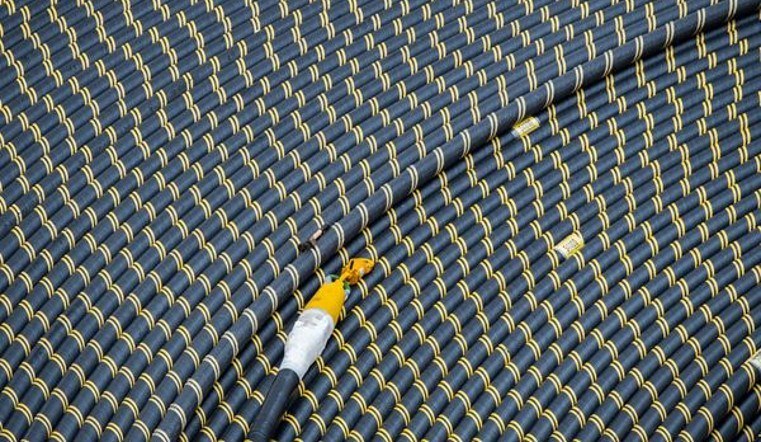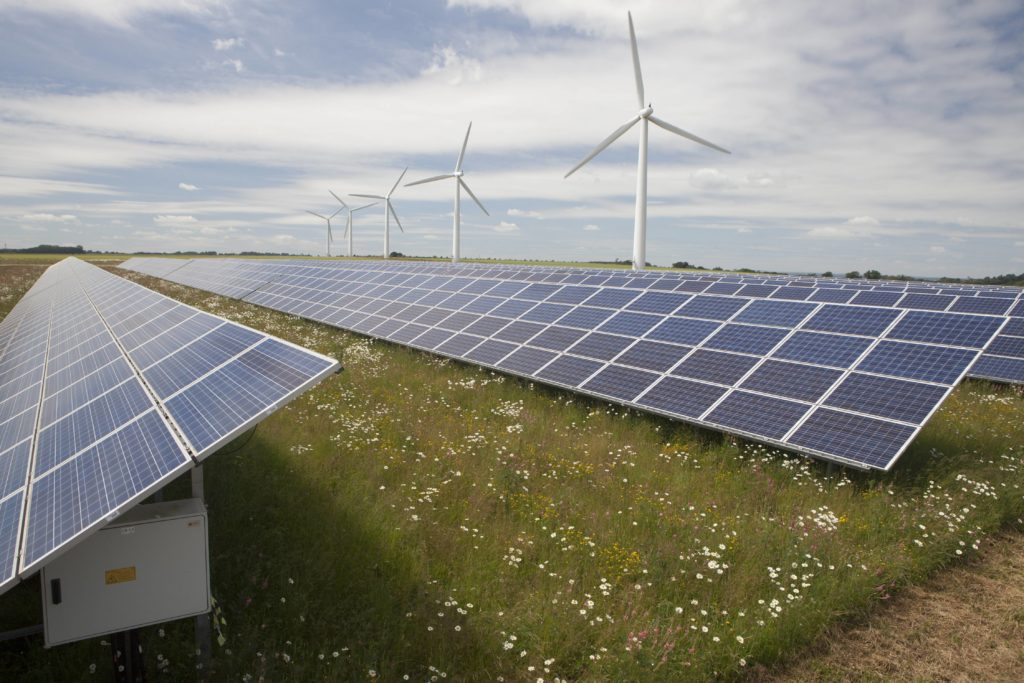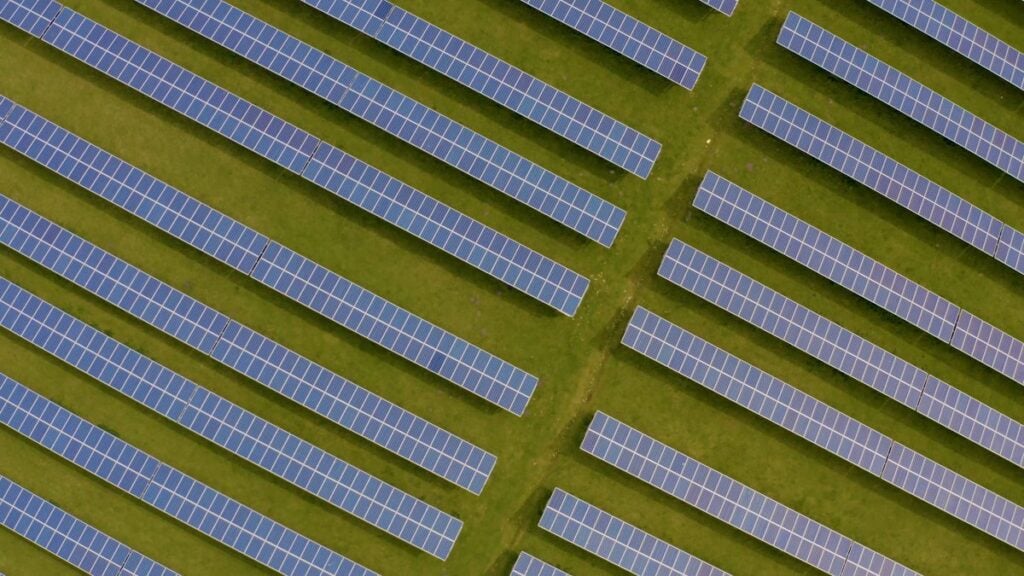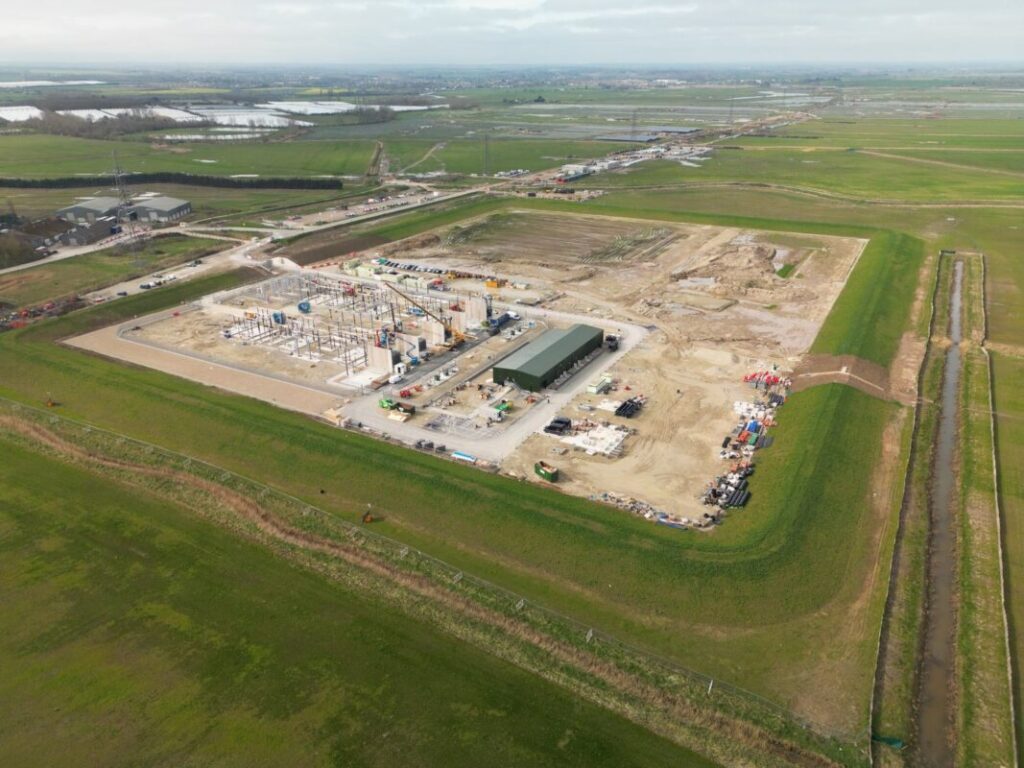UK BESS fleet jumped in to provide 1.5GW of power to grid after interconnector trips
 Following a major interconnector trip, BESS kept the lights on in the UK. Image: SSE
Following a major interconnector trip, BESS kept the lights on in the UK. Image: SSE
Battery energy storage systems (BESS) from several different firms have been proving their value as they supported Britain through recent interconnector failures.
BESS helped the energy system recover after the NSL interconnector, which connects the UK and Norway, suddenly stopped exporting power to the UK at around 8:47 AM yesterday (8 October)
Norwegian power exports plummeted from 1.4GW to zero, with frequency on the network falling as low as 49.59Hz in two seconds—well below the National Energy System Operator (NESO) operational limits of 49.8 – 50.2Hz. However, the system recovered within two minutes thanks to fast-acting frequency services, particularly BESS operations.
Roger Hollies, CTO at Arenko Group, posted on LinkedIn that 1.5GW of batteries across NESO’s network were able to inject power into the grid during the disruption, including 12 batteries on Arenko’s Nimbus platform. According to BESSAnalytics.com, Arenko is the optimiser for around 333MW of BESS assets in the UK.
In his post, Hollies noted how this rapid response to network disruption proved the usefulness and potential of BESS, noting: “It’s exciting to see batteries casually keeping the lights on whilst delivering diversity of activity to maximise revenue.”
Meanwhile, Kraken, an offshoot of Octopus Energy, also saw BESS assets optimised through its platform jump in to help rebalance the grid during the failure of the Norwegian interconnector. In another LinkedIn post, Charlotte Johnson, global director of markets at Kraken, stated that BESS operations that were contracted for frequency services delivered over 450MW of response; this volume is equivalent to around a third of that lost during the interconnector failure.
In a comment provided to Solar Power Portal, Johnson said: “While it’s not uncommon for interconnectors to trip, large interconnector failures can have an immediate negative impact on the network. Lithium-ion BESS are the only assets that can respond to solve this because of their fast responding nature and their ability to serve two key purposes; first their speedy response, and second, the reserve actions which occur after a few minutes.”
Statkraft stabilises following Irish interconnector failure
In an unrelated incident, the Moyle interconnector tripped while transmitting 442MW of power from Great Britain to Ireland on 30 September.
As Statkraft explained in a post on their website, systems on both sides of the interconnector were able to activate within fractions of a second to stabilise the British and Irish electricity grids. As the Irish grid frequency sank to almost 49.7Hz, the 26MW Kelwin Battery project in y Kerry, Ireland – which is owned by Statkraft – began exporting power within seconds, while the Scottish Greener Grid Park began importing additional power to help keep the grids balanced.
Jason Hill, head electrical engineer for grid services at Statkraft, said: “This event was a real-life example of how Statkraft’s innovative projects in Great Britain and Ireland are playing a vital role in keeping the networks on both sides of the Irish Sea stable, preventing supply disruption to consumers. As we move towards a zero-carbon electricity network we need a full system approach, with technologies like these an essential part of the infrastructure.”
A version of this article was first published on our sister site, Current±. You can read it here.



